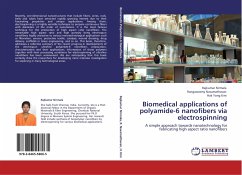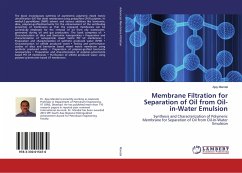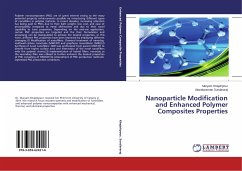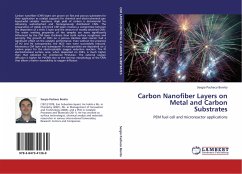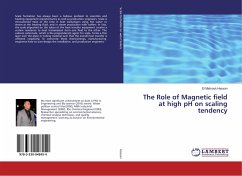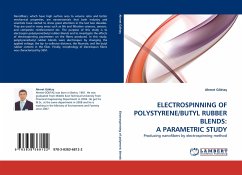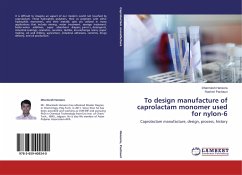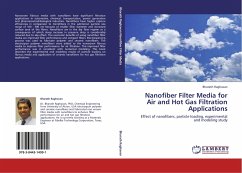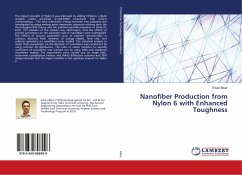
Nanofiber Production from Nylon 6 with Enhanced Toughness
Versandkostenfrei!
Versandfertig in 6-10 Tagen
33,99 €
inkl. MwSt.

PAYBACK Punkte
17 °P sammeln!
The impact strength of Nylon 6 was improved by adding Ethylene- n-Butyl acrylate- maleic anhydride (E-nBA-MAH) terpolymer with various concentrations . The bare interaction energy between two polymers was investigated by using melting point depression approach utilizing both the Flory-Huggins (FH) theory and the Sanchez-Lacombe Equation of State (SL EOS). The solution of the mixture was electrospun, and the effects of process parameters on the expected radii of nanofibers were investigated. The effects of process parameters such as polymer concentration in solution, electrical field, diameter ...
The impact strength of Nylon 6 was improved by adding Ethylene- n-Butyl acrylate- maleic anhydride (E-nBA-MAH) terpolymer with various concentrations . The bare interaction energy between two polymers was investigated by using melting point depression approach utilizing both the Flory-Huggins (FH) theory and the Sanchez-Lacombe Equation of State (SL EOS). The solution of the mixture was electrospun, and the effects of process parameters on the expected radii of nanofibers were investigated. The effects of process parameters such as polymer concentration in solution, electrical field, diameter of syringe needle, feed rate, and collector geometry on nanofibers were studied. The statistical analysis to relate these parameters on the diameter of nanofibers was carried out by using Johnson SB distribution. The ratio of elastic modulus to viscosity coefficient of nanofibers was worked out by using AFM and combined viscoelastic models. The experiments were carried out on single fiber. Isothermal crystallization kinetics and WAXS diffraction patterns and SEM images showed that 5% impact modifier is the optimum amount for Nylon 6.



